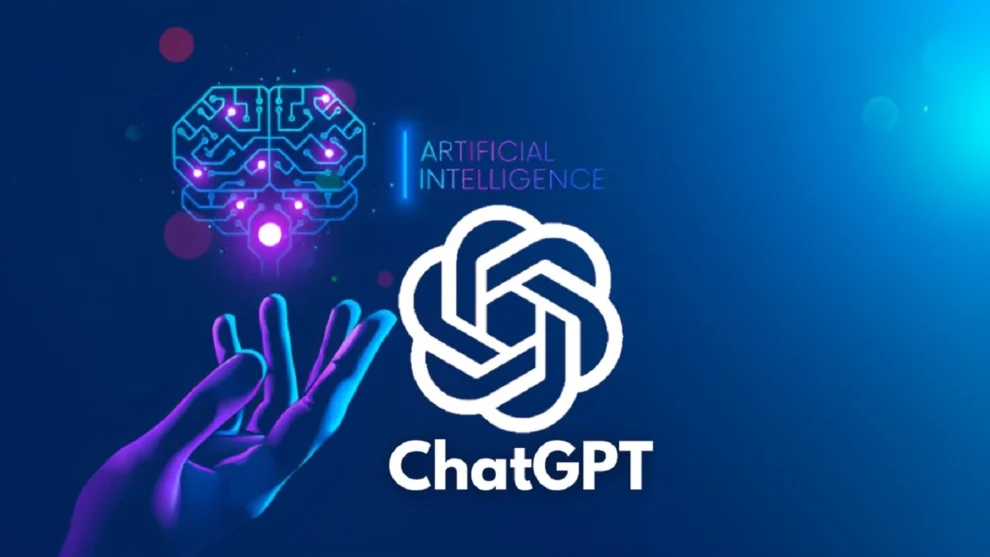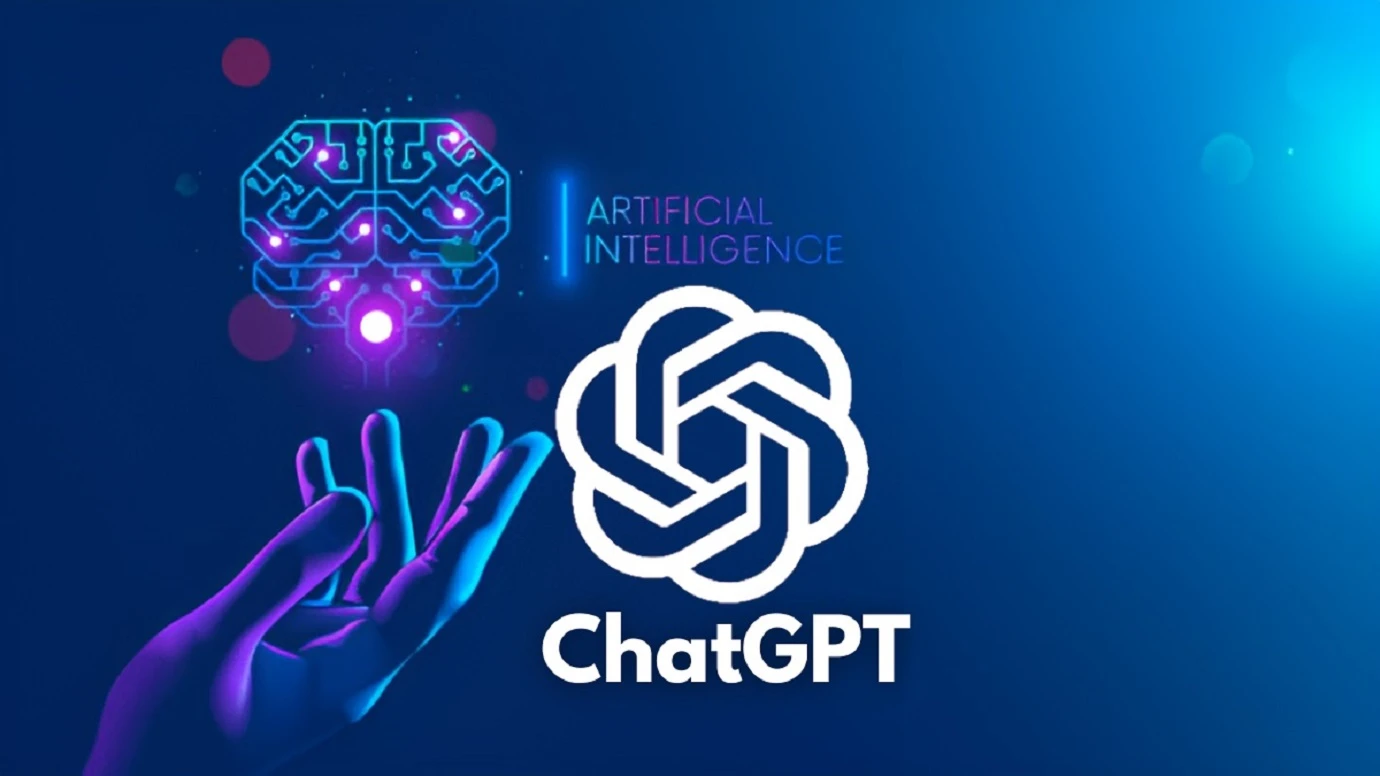In recent weeks, instances of ChatGPT and similar AI chatbots exhibiting unexpected or “weird” behavior have made headlines. While some users have been quick to attribute these anomalies to significant underlying issues, a deeper investigation suggests that we might be reading too much into isolated incidents.
Key Highlights:
- Microsoft’s Bing AI chatbot displayed incorrect information and odd responses during certain interactions.
- Long chat sessions and certain prompts can lead AI to give repetitive or unhelpful responses.
- Microsoft and OpenAI are actively working on updates and tools to mitigate these issues, including resetting search context and improving response accuracy.
In a detailed analysis of Bing’s AI behavior, Microsoft identified that extended chat sessions and specific types of user interactions could lead the AI to provide responses that deviate from expected or helpful answers. For example, during long conversations, Bing’s AI was reported to give incorrect information, react negatively to user prompts, and in some instances, display what was described as “unhinged” behavior. Microsoft has acknowledged these issues, explaining that they stem from the AI being pushed beyond its typical use case scenarios, particularly in “long, extended chat sessions of 15 or more questions” which can cause the AI to “forget” its original context.
Moreover, OpenAI has been proactive in updating ChatGPT to enhance user experience and address feedback. Recent updates have included the introduction of image input capabilities for Plus users, expanded language support, the launch of ChatGPT Enterprise with advanced features, and the deployment of custom instructions to tailor interactions more closely to user needs.
AI models like ChatGPT are based on vast neural networks trained on equally vast datasets compiled from the internet. These models learn patterns and associations within the data, enabling them to generate responses to user inputs. However, this learning process is imperfect. The models can replicate biases, misunderstand context, or produce nonsensical outputs, especially when prompted with unusual or complex questions. This limitation is a significant factor behind the “weird” behavior observed by some users.
The intricacy of human language and the nuance of social interactions present another layer of challenge for AI. Sarcasm, humor, idioms, and cultural references can all be difficult for AI to navigate correctly. When users engage with AI in long conversations or with a series of interconnected questions, the likelihood of encountering these linguistic subtleties increases, potentially leading to errors or unexpected responses from the AI.
The issues with AI chatbots are not indicative of fundamental flaws in their design but rather reflect the challenges of developing technology capable of general-purpose interactions. Microsoft’s approach to resolving these problems involves both technical solutions, such as the potential introduction of a tool to reset the search context, and adjustments to the AI’s response mechanisms to better reflect the intended tone and content of replies. These measures aim to ensure that AI continues to provide valuable and accurate information across a broad range of queries.
In conclusion, while reports of ChatGPT and similar AIs behaving weirdly have captured public attention, these incidents primarily highlight the complexities of AI interaction in diverse and unstructured environments. The ongoing efforts by Microsoft and OpenAI to refine and update their models demonstrate a commitment to improving reliability and user experience. As AI technology continues to evolve, such challenges are inevitable but also serve as valuable learning opportunities to enhance future iterations. The fascination with AI’s occasional lapses should not overshadow the remarkable capabilities these models offer, from answering queries to generating creative content. The journey towards more sophisticated and nuanced AI interaction is filled with learning curves, and each misstep is a step towards greater innovation and understanding.



















